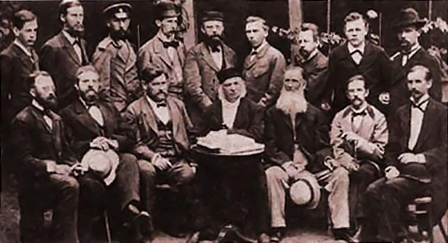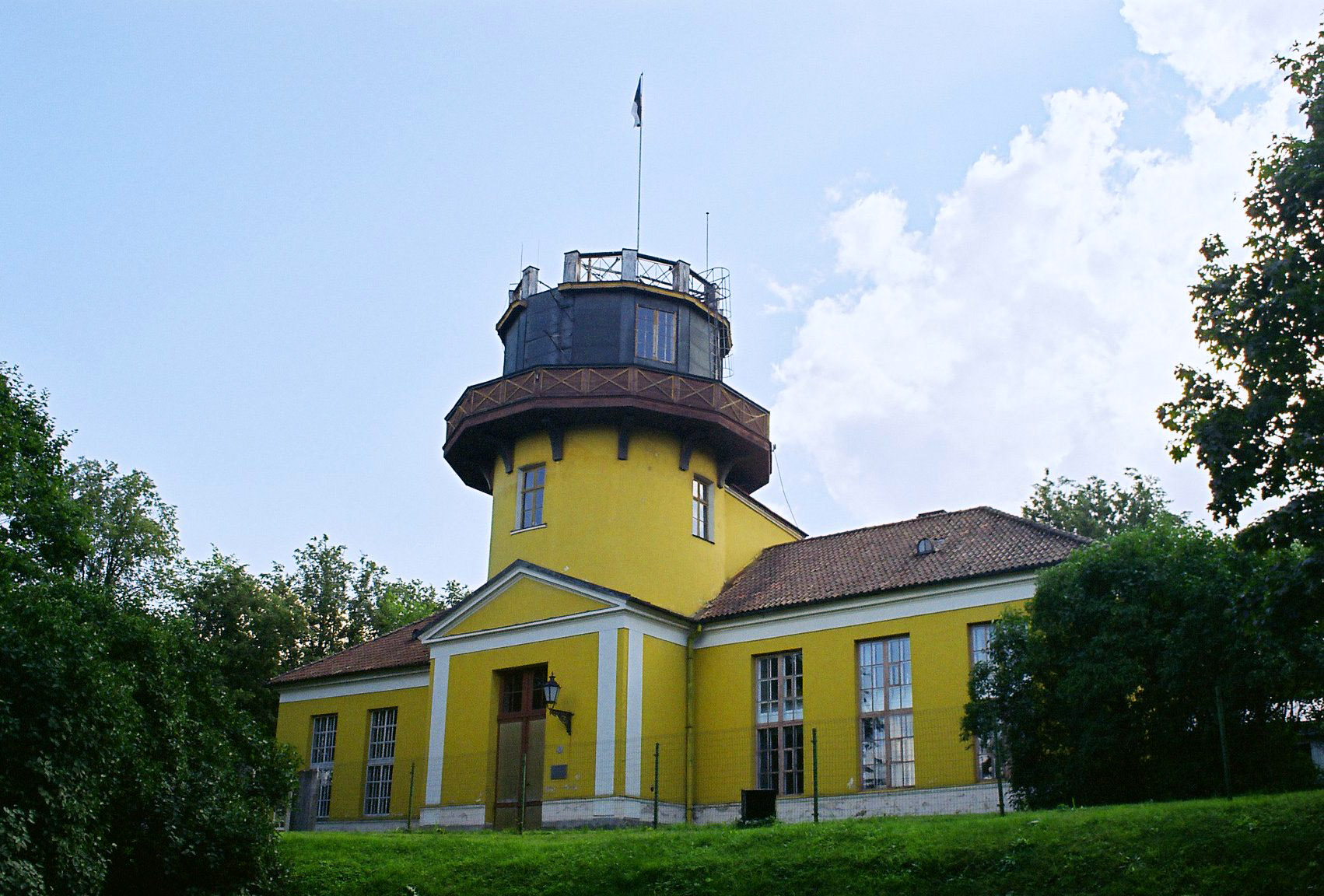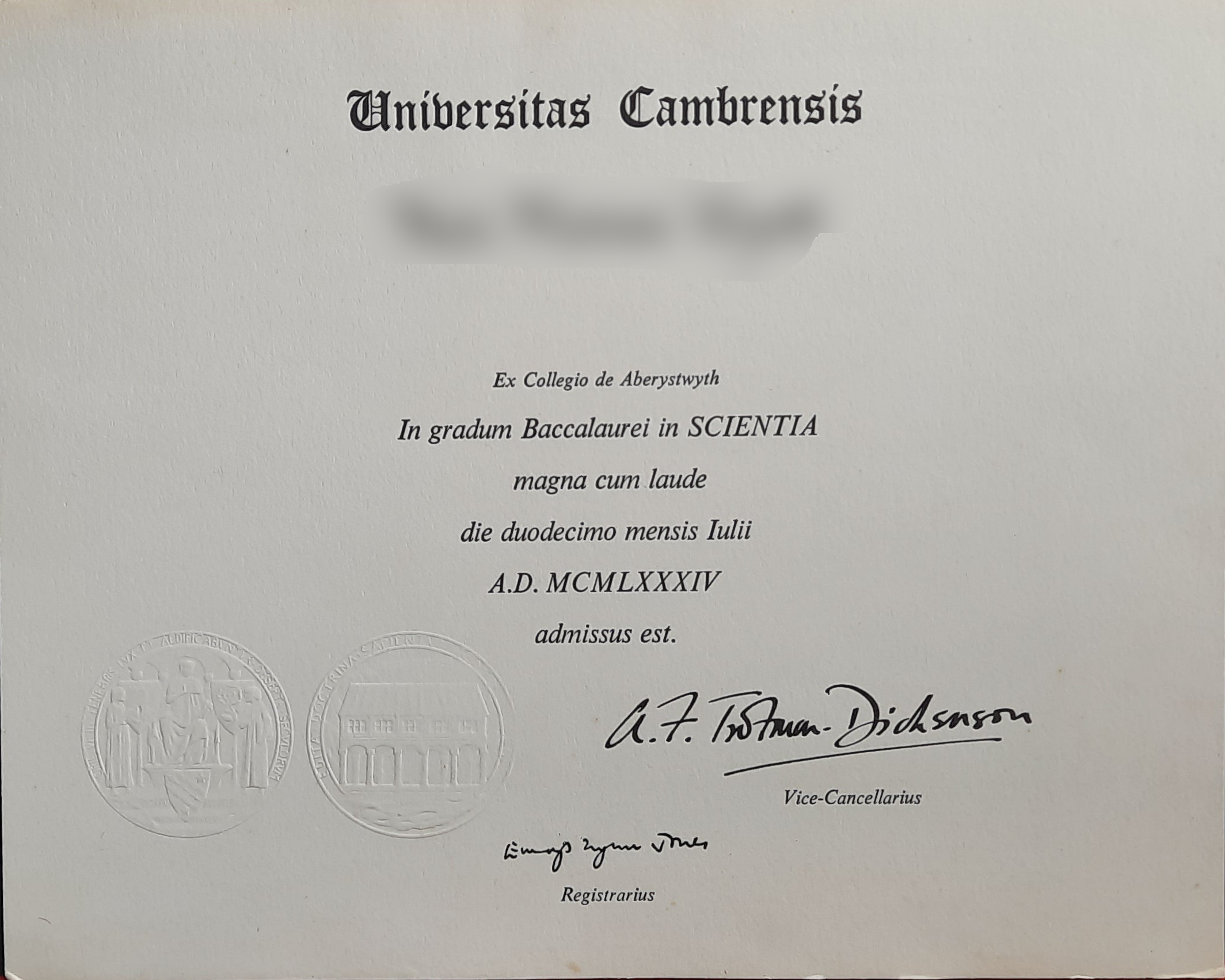|
Grigori Kuzmin
Grigori Kuzmin (8 April 1917 – 22 April 1988) was an Estonian astronomer, who worked mainly in the field of stellar dynamics. Life and career Grigori Kuzmin was born in 1917 in Viipuri, part of the Grand Duchy of Finland. His family was Russian. In 1924 they moved to Tallinn, Estonia, where Kuzmin attended school. Although his mother tongue was Russian, and he had learned to speak Finnish during childhood, after moving to Estonia, Estonian became his primary language. Kuzmin graduated cum laude from the University of Tartu in 1940. See also *Tartu Observatory The Tartu Observatory ( et, Tartu Observatoorium) is the largest astronomical observatory in Estonia. On 1 January 2018, Tartu Observatory was joined again to the University of Tartu, and the observatory is now an institute of the university. I ... References External linksNASA ADS search for G. Kuzmin works {{DEFAULTSORT:Kuzmin, Grigori 1917 births 1988 deaths Estonian astronomers University of Tartu alumn ... [...More Info...] [...Related Items...] OR: [Wikipedia] [Google] [Baidu] |
Estonia
Estonia, formally the Republic of Estonia, is a country by the Baltic Sea in Northern Europe. It is bordered to the north by the Gulf of Finland across from Finland, to the west by the sea across from Sweden, to the south by Latvia, and to the east by Lake Peipus and Russia. The territory of Estonia consists of the mainland, the larger islands of Saaremaa and Hiiumaa, and over 2,200 other islands and islets on the eastern coast of the Baltic Sea, covering a total area of . The capital city Tallinn and Tartu are the two largest urban areas of the country. The Estonian language is the autochthonous and the official language of Estonia; it is the first language of the majority of its population, as well as the world's second most spoken Finnic language. The land of what is now modern Estonia has been inhabited by '' Homo sapiens'' since at least 9,000 BC. The medieval indigenous population of Estonia was one of the last " pagan" civilisations in Europe to adopt Ch ... [...More Info...] [...Related Items...] OR: [Wikipedia] [Google] [Baidu] |
University Of Tartu
The University of Tartu (UT; et, Tartu Ülikool; la, Universitas Tartuensis) is a university in the city of Tartu in Estonia. It is the national university of Estonia. It is the only classical university in the country, and also its biggest and most prestigious university. It was founded under the name of ''Academia Gustaviana'' in 1632 by Baron Johan Skytte, the Swedish Governors-General, Governor-General (1629–1634) of Swedish Livonia, Swedish Ingria, Ingria, and Karelia (historical province of Finland), Karelia, with the required ratification provided by his long-time friend and former student – from age 7 –, King Gustavus Adolphus of Sweden, Gustavus Adolphus, shortly before the king's death on 6 November in the Battle of Lützen (1632), during the Thirty Years' War (1618–1648). Nearly 14,000 students are at the university, of whom over 1,300 are foreign students. The language of instruction in most curricula is Estonian, some more notable exceptions are taught in ... [...More Info...] [...Related Items...] OR: [Wikipedia] [Google] [Baidu] |
Soviet Astronomers
This list of Russian astronomers and astrophysicists includes the famous astronomers, astrophysicists and cosmologists from the Russian Empire, the Soviet Union and the Russian Federation. Alphabetical list __NOTOC__ A *Tateos Agekian, one of the pioneers of Russian and world Stellar dynamics, discoverer of two evolutionary sequences of stellar systems: nearly spherical and strongly flattened *Vladimir Albitsky, discovered a significant number of asteroids *Viktor Ambartsumian, one of the founders of theoretical astrophysics, discoverer of stellar associations, founder of Byurakan Observatory in Armenia *Andrejs Auzāns, director of the Tashkent observatory, 1911-1916 B *Nikolai P. Barabashov, co-author of the ground breaking publication of the first pictures of the far side of the Moon in 1961, called ''Atlas of the Other Side of the Moon''; a crater and a planet were named after him *Vladimir Belinski, an author of the BKL singularity model of the Universe evolution *Igor ... [...More Info...] [...Related Items...] OR: [Wikipedia] [Google] [Baidu] |
Scientists From Vyborg
A scientist is a person who conducts scientific research to advance knowledge in an area of the natural sciences. In classical antiquity, there was no real ancient analog of a modern scientist. Instead, philosophers engaged in the philosophical study of nature called natural philosophy, a precursor of natural science. Though Thales (circa 624-545 BC) was arguably the first scientist for describing how cosmic events may be seen as natural, not necessarily caused by gods,Frank N. Magill''The Ancient World: Dictionary of World Biography'', Volume 1 Routledge, 2003 it was not until the 19th century that the term ''scientist'' came into regular use after it was coined by the theologian, philosopher, and historian of science William Whewell in 1833. In modern times, many scientists have advanced degrees in an area of science and pursue careers in various sectors of the economy such as academia, industry, government, and nonprofit environments.'''' History The roles ... [...More Info...] [...Related Items...] OR: [Wikipedia] [Google] [Baidu] |
Academic Staff Of The University Of Tartu
An academy (Attic Greek: Ἀκαδήμεια; Koine Greek Ἀκαδημία) is an institution of secondary or tertiary higher learning (and generally also research or honorary membership). The name traces back to Plato's school of philosophy, founded approximately 385 BC at Akademia, a sanctuary of Athena, the goddess of wisdom and skill, north of Athens, Greece. Etymology The word comes from the ''Academy'' in ancient Greece, which derives from the Athenian hero, ''Akademos''. Outside the city walls of Athens, the gymnasium was made famous by Plato as a center of learning. The sacred space, dedicated to the goddess of wisdom, Athena, had formerly been an olive grove, hence the expression "the groves of Academe". In these gardens, the philosopher Plato conversed with followers. Plato developed his sessions into a method of teaching philosophy and in 387 BC, established what is known today as the Old Academy. By extension, ''academia'' has come to mean the accumulation, dev ... [...More Info...] [...Related Items...] OR: [Wikipedia] [Google] [Baidu] |
University Of Tartu Alumni
A university () is an institution of higher (or tertiary) education and research which awards academic degrees in several academic disciplines. Universities typically offer both undergraduate and postgraduate programs. In the United States, the designation is reserved for colleges that have a graduate school. The word ''university'' is derived from the Latin ''universitas magistrorum et scholarium'', which roughly means "community of teachers and scholars". The first universities were created in Europe by Catholic Church monks. The University of Bologna (''Università di Bologna''), founded in 1088, is the first university in the sense of: *Being a high degree-awarding institute. *Having independence from the ecclesiastic schools, although conducted by both clergy and non-clergy. *Using the word ''universitas'' (which was coined at its foundation). *Issuing secular and non-secular degrees: grammar, rhetoric, logic, theology, canon law, notarial law.Hunt Janin: "The university ... [...More Info...] [...Related Items...] OR: [Wikipedia] [Google] [Baidu] |
Estonian Astronomers
Estonian may refer to: * Something of, from, or related to Estonia, a country in the Baltic region in northern Europe * Estonians, people from Estonia, or of Estonian descent * Estonian language * Estonian cuisine * Estonian culture See also * * Estonia (other) * Languages of Estonia * List of Estonians This is a list of notable Estonians. Architects * Andres Alver (born 1953) *Dmitri Bruns (1929–2020) * Karl Burman (1882–1965) * Eugen Habermann (1884–1944) *Georg Hellat (1870–1943) *Otto Pius Hippius (1826–1883) * Erich Jacoby (1885� ... {{Disambiguation Language and nationality disambiguation pages ... [...More Info...] [...Related Items...] OR: [Wikipedia] [Google] [Baidu] |
1988 Deaths
File:1988 Events Collage.png, From left, clockwise: The oil platform Piper Alpha explodes and collapses in the North Sea, killing 165 workers; The USS Vincennes (CG-49) mistakenly shoots down Iran Air Flight 655; Australia celebrates its Bicentennial on January 26; The 1988 Summer Olympics are held in Seoul, South Korea; Soviet troops begin their withdrawal from Afghanistan, which is completed the next year; The 1988 Armenian earthquake kills between 25,000-50,000 people; The 8888 Uprising in Myanmar, led by students, protests the Burma Socialist Programme Party; A bomb explodes on Pan Am Flight 103, causing the plane to crash down on the town of Lockerbie, Scotland- the event kills 270 people., 300x300px, thumb rect 0 0 200 200 Piper Alpha rect 200 0 400 200 Iran Air Flight 655 rect 400 0 600 200 Australian Bicentenary rect 0 200 300 400 Pan Am Flight 103 rect 300 200 600 400 1988 Summer Olympics rect 0 400 200 600 8888 Uprising rect 200 400 400 600 1988 Armenian ... [...More Info...] [...Related Items...] OR: [Wikipedia] [Google] [Baidu] |
1917 Births
Events Below, the events of World War I have the "WWI" prefix. January * January 9 – WWI – Battle of Rafa: The last substantial Ottoman Army garrison on the Sinai Peninsula is captured by the Egyptian Expeditionary Force's Desert Column. * January 10 – Imperial Trans-Antarctic Expedition: Seven survivors of the Ross Sea party were rescued after being stranded for several months. * January 11 – Unknown saboteurs set off the Kingsland Explosion at Kingsland (modern-day Lyndhurst, New Jersey), one of the events leading to United States involvement in WWI. * January 16 – The Danish West Indies is sold to the United States for $25 million. * January 22 – WWI: United States President Woodrow Wilson calls for "peace without victory" in Germany. * January 25 ** WWI: British armed merchantman is sunk by mines off Lough Swilly (Ireland), with the loss of 354 of the 475 aboard. ** An anti- prostitution drive in San Francisco occurs, and ... [...More Info...] [...Related Items...] OR: [Wikipedia] [Google] [Baidu] |
Tartu Observatory
The Tartu Observatory ( et, Tartu Observatoorium) is the largest astronomical observatory in Estonia. On 1 January 2018, Tartu Observatory was joined again to the University of Tartu, and the observatory is now an institute of the university. It is located on the Tõravere hill, about 20 km south-west of Tartu in Nõo Parish, Tartu County. The old Tartu Observatory located in Tartu city centre, is known internationally for its connection to Friedrich Georg Wilhelm von Struve and the Struve Geodetic Arc, of which it is the first reference point. History The Tartu Observatory was founded at the Imperial University of Dorpat as it was reopened in 1802. The observatory building was completed in 1810 on the Toome hill in Dorpat. The instruments were installed in 1814 by von Struve who subsequently started observations. In 1824, a 9" Fraunhofer refractor arrived, the largest achromatic telescope in the world at the time. When von Struve began assembling his Geodetic Arc in ... [...More Info...] [...Related Items...] OR: [Wikipedia] [Google] [Baidu] |
Cum Laude
Latin honors are a system of Latin phrases used in some colleges and universities to indicate the level of distinction with which an academic degree has been earned. The system is primarily used in the United States. It is also used in some Southeastern Asian countries with European colonial history, such as Indonesia and the Philippines, although sometimes translations of these phrases are used instead of the Latin originals. The honors distinction should not be confused with the honors degrees offered in some countries, or with honorary degrees. The system usually has three levels of honor: ''cum laude'', ''magna cum laude'', and ''summa cum laude''. Generally, a college or university's regulations set out definite criteria a student must meet to obtain a given honor. For example, the student might be required to achieve a specific grade point average, submit an honors thesis for evaluation, be part of an honors program, or graduate early. Each school sets its own standards. S ... [...More Info...] [...Related Items...] OR: [Wikipedia] [Google] [Baidu] |
Astronomer
An astronomer is a scientist in the field of astronomy who focuses their studies on a specific question or field outside the scope of Earth. They observe astronomical objects such as stars, planets, natural satellite, moons, comets and galaxy, galaxies – in either observational astronomy, observational (by analyzing the data) or theoretical astronomy. Examples of topics or fields astronomers study include planetary science, Sun, solar astronomy, the Star formation, origin or stellar evolution, evolution of stars, or the galaxy formation and evolution, formation of galaxies. A related but distinct subject is physical cosmology, which studies the Universe as a whole. Types Astronomers usually fall under either of two main types: observational astronomy, observational and theoretical astronomy, theoretical. Observational astronomers make direct observations of Astronomical object, celestial objects and analyze the data. In contrast, theoretical astronomers create and investigate C ... [...More Info...] [...Related Items...] OR: [Wikipedia] [Google] [Baidu] |








